What You Need to Know About The Hidden Dangers of Phthalates: 10 Compelling Reasons to Keep Them Out of Your Life
The Hidden Dangers of Phthalates: 10 Compelling Reasons to Keep Them Out of Your Life
Overview
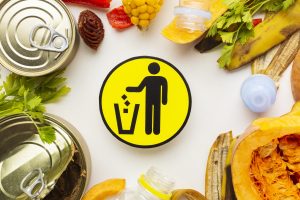
What are Phthalates and Where are They Found?
Phthalates are a class of chemicals known as plasticizers. They are used to make plastics more flexible and resilient. Phthalates can be found in a wide range of products, including food packaging, toys, medical devices, and even personal care products such as shampoos and lotions. These chemicals are not chemically bound to the products they are added to, which means that they can easily leach out and contaminate the environment and our bodies.
Phthalates are a group of chemical compounds that can be found in various consumer products and industrial applications. Here are common sources where phthalates are found, along with references to support the information:
- Plastic Products:
- PVC (polyvinyl chloride) plastics, including vinyl flooring, vinyl toys, and vinyl shower curtains.
- Plastic food containers and packaging materials.
- Personal Care Products:
- Perfumes and fragrances.
- Lotions, creams, and moisturizers.
- Shampoos, conditioners, and hair sprays.
- Nail polish and nail polish removers.
- Medical Devices:
- Children’s Toys:
- Historically, certain plastic toys, especially those made of PVC, have contained phthalates. However, regulations in many countries have restricted or banned the use of certain phthalates in children’s toys and childcare articles.
- Food Packaging:
- Phthalates can be present in some food packaging materials, especially those made of plastic, where they may migrate into the food over time.
- Building Materials:
- Certain building materials and construction products, like vinyl flooring and wall coverings, may contain phthalates.
- Textiles:
- Some textiles and fabrics, such as raincoats, may contain phthalates to make them more flexible and waterproof.
- Automobile Interiors:
- Phthalates can be found in automotive interiors, particularly in the upholstery and dashboard components.
- Adhesives and Sealants:
- Some adhesives and sealants used in construction and home improvement projects may contain phthalates.
- Industrial Applications:
- Phthalates are used in various industrial applications, including as solvents in paints, inks, and coatings, and as plasticizers in industrial plastics.
It’s important to note that regulations regarding the use of phthalates vary by country and region. In response to growing concerns about potential health risks associated with phthalate exposure, efforts have been made to restrict or replace certain types of phthalates in various products, especially those intended for use by children or in food contact materials.
Health Risks Associated with Phthalates
Numerous studies have linked phthalate exposure to a range of health problems. These include reproductive disorders, hormonal imbalances,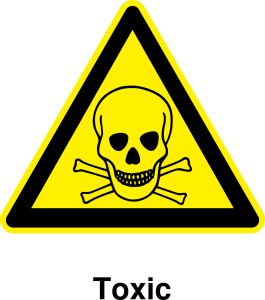
- Endocrine Disruption: Phthalates have been associated with endocrine disruption, which can interfere with hormone production and regulation in the body. This interference can lead to a range of health problems, including reproductive issues, developmental disorders, and even certain cancers.
- Reproductive Health: Some phthalates, such as diethylhexyl phthalate (DEHP), have been linked to reduced fertility in both men and women. They can disrupt normal reproductive function and even cause birth defects in some case.
- Developmental Effects: Exposure to phthalates during pregnancy may harm fetal development. Studies have shown associations between maternal phthalate exposure and adverse outcomes, such as preterm birth and low birth weight.
- Respiratory Problems: Phthalates are known to exacerbate respiratory problems, particularly in individuals with asthma. They can trigger or worsen respiratory symptoms, making it important to minimize exposure, especially in children.
- Obesity and Metabolic Effects: Emerging research has suggested a potential link between phthalate exposure and obesity, insulin resistance, and other metabolic disorders. These findings underscore the need to limit phthalate exposure, especially in children.
- Cancer Risk: Some phthalates have been classified as possible carcinogens. Prolonged exposure to certain phthalates, particularly in occupational settings, may increase the risk of cancer.
- Neurological Effects: Phthalate exposure has been associated with adverse neurological effects, including cognitive deficits in children. Avoiding phthalate-containing products is crucial for the cognitive development of young individuals.
- Allergies and Skin Irritation: Phthalates can cause skin irritation and allergies, particularly in individuals with sensitive skin. Avoiding phthalate-laden personal care products can help prevent these issues.
- Environmental Impact: Phthalates are not only harmful to human health but also detrimental to the environment. They can leach into the soil and water, affecting ecosystems and wildlife. Reducing phthalate usage helps protect the environment.
- Alternatives Exist: Fortunately, there are alternatives to phthalates in many products. Manufacturers are increasingly opting for safer plasticizers and ingredients in response to consumer concerns, making it easier to avoid phthalates.
Phthalates in Food: How are They Used?
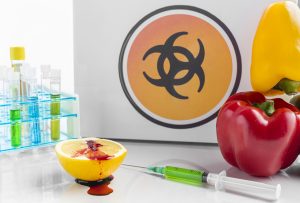
The dangers of phthalate esters are increasingly evident as scientific research continues to unveil the potential health risks associated with their exposure. These risks span from endocrine disruption and reproductive issues to respiratory complications, metabolic disorders, and even carcinogenic potential. By making informed choices and opting for phthalate-free products, individuals can take proactive measures to protect their health and the environment.
Phthalates are not intentionally added to foods (that we know off), but they can potentially be found in some food products due to contamination during processing, packaging, or storage. Here are some types of foods where phthalates can be detected:
- Fatty and Oily Foods: Phthalates are more likely to be found in fatty or oily foods because these chemicals are lipophilic, meaning they are attracted to fats. Foods such as meats, cheeses, and fried foods may have higher levels of phthalates if they come into contact with phthalate-containing materials during processing or packaging.
- Dairy Products: Phthalates have been detected in some dairy products, including milk and cheese, primarily due to their fat content and contact with phthalate-containing materials.
- Packaged and Processed Foods: Some packaged and processed foods, especially those stored in plastic containers or wrapped in plastic packaging materials, may contain trace amounts of phthalates if the packaging materials leach into the food.
- Fast Food and Takeout: Foods from fast-food restaurants and takeout establishments, which are often served in plastic containers, can potentially contain phthalates if there is migration from the packaging into the food.
- Infant Formula: Phthalates have been detected in some infant formula products, possibly due to the use of phthalate-containing materials in packaging or processing equipment. However, regulatory agencies typically monitor and regulate the presence of phthalates in infant formula to ensure they remain within safe limits.
It’s important to note that the levels of phthalates found in food are generally considered to be low and are regulated in many countries to ensure they do not pose significant health risks. While phthalate exposure through food is a concern, it is just one of several potential sources of exposure to these chemicals. To minimize exposure to phthalates in your diet, consider choosing fresh and minimally processed foods, and avoid using plastic containers for storing or heating fatty or oily foods.
Regulatory agencies, such as the U.S. Food and Drug Administration (FDA), regularly monitor and set limits for phthalate levels in food products to protect public health.
Phthalates and Their Impact on Human Health
The impact of phthalates on human health is significant and far-reaching. Studies have shown that exposure to phthalates can lead to an increased risk of obesity, diabetes, and cardiovascular diseases. They have also been linked to developmental issues in children, such as attention deficit hyperactivity disorder (ADHD) and lowered IQ. Additionally, phthalates have been shown to affect fertility and reproductive health in both males and females. These chemicals can have a profound effect on our overall well-being and should be avoided whenever possible.
Aside from the risks mentioned above, there are more human health impacts associated with phthalate exposure. Here are additional impacts along with references:
- Asthma and Allergies:
Phthalates have been linked to an increased risk of asthma and allergic reactions, particularly in children. Exposure to certain phthalates may contribute to the development or exacerbation of asthma symptoms and allergies.
- Thyroid Disruption:
Phthalate exposure has been associated with thyroid dysfunction. Altered thyroid hormone levels can impact metabolism, growth, and overall health. Maternal exposure to phthalates during pregnancy may also affect the thyroid function of the developing fetus.
- Cardiovascular Effects:
Emerging research suggests a potential connection between phthalate exposure and cardiovascular health. Some studies have reported associations between phthalates and an increased risk of heart disease and hypertension.
- Liver and Kidney Damage:
Excessive exposure to certain phthalates, particularly di(2-ethylhexyl) phthalate (DEHP), has been linked to liver and kidney damage. Chronic exposure may lead to inflammation and adverse effects on these vital organs.
- Disruption of the Immune System:
Phthalates may negatively impact the immune system, making individuals more susceptible to infections and potentially affecting immune responses.
- Hormonal Imbalance in Adolescents:
Phthalates can disrupt hormonal balance in adolescents, leading to concerns about their impact on puberty and development. Early exposure to phthalates may affect hormone levels during critical growth periods.
- Neurobehavioral Effects:
Some studies have suggested potential neurobehavioral effects associated with phthalate exposure, including attention and behavioral issues in children.
- Impact on Male Reproductive Health:
Phthalates have been linked to adverse effects on male reproductive health. Research indicates that exposure may lead to reduced testosterone levels, altered testicular development, and other reproductive issues.
- DNA Damage:
Phthalates have been shown to induce DNA damage, which can increase the risk of mutations and potentially contribute to cancer development.
- Potential Impact on Pregnant Women:
Pregnant women may be at greater risk due to the potential transfer of phthalates to the developing fetus. Phthalate exposure during pregnancy has been associated with adverse pregnancy outcomes and developmental issues.
It’s important to note that while research has highlighted these potential health impacts of phthalates, the levels of exposure and the specific types of phthalates can vary widely among individuals and populations. Regulatory agencies in many countries continue to monitor and assess the risks associated with phthalate exposure to protect public health.
How to Avoid Phthalates in Your Daily Life
While it may seem daunting to completely eliminate phthalates from your life, there are steps you can take to reduce your exposure. Start by reading product labels and avoiding items that contain phthalates. Choose natural and organic products whenever possible, as they are less likely to contain these harmful chemicals. Opt for glass or stainless steel containers for food storage, and avoid using plastic wrap or containers in the microwave. By being vigilant and making conscious choices, you can significantly reduce your phthalate exposure.
10 Additional Strong Arguments for Avoiding Phthalates
- Phthalates are linked to reproductive disorders and hormonal imbalances.
- Exposure to phthalates can increase the risk of certain types of cancer.
- Phthalates have been associated with developmental issues in children.
- These chemicals can disrupt the endocrine system, leading to a wide range of health problems.
- Phthalates have been shown to affect fertility and reproductive health in both men and women.
- They can migrate from food packaging into the food we eat, leading to ingestion and absorption.
- Phthalates are found in a wide range of products, making it difficult to completely avoid exposure.
- These chemicals can leach into the environment, polluting water sources and ecosystems.
- Phthalates have been detected in human breast milk, posing a risk to infants.
- Safer alternatives and phthalate-free products are available, making it easier to reduce exposure.
Phthalate-Free Alternatives and Safer Products
Fortunately, there are alternatives to phthalate-containing products that can help you reduce your exposure. Look for products labeled as “phthalate-free” or “PVC-free.” Choose natural and organic personal care products that do not contain these harmful chemicals. When it comes to food storage, opt for glass or stainless steel containers instead of plastic. By making these small changes in your purchasing habits, you can significantly minimize your phthalate exposure and protect your health.
To minimize exposure to phthalates in your diet, consider the following tips:
- Choose Fresh and Minimally Processed Foods: Foods that are less processed and packaged in materials like glass or metal are less likely to contain phthalates. Always opt for non-GMO and organic foods whenever possible.
- Avoid Microwaving in Plastic (Better yet, avoid the use of microwaves all together): When reheating food, use glass or ceramic containers instead of plastic, especially in the microwave.
- Reduce Consumption of Highly Processed and Packaged Foods: Processed and packaged foods are more likely to come into contact with phthalate-containing materials. Opt for whole, fresh foods when possible.
- Read Labels: Look for products labeled as “phthalate-free” or “BPA-free” when buying food containers or kitchen items. I do want you to understand that even if the it is saying “phthalate-free” or “BPA-free,” it doesn’t mean that it’s actually free of these chemicals. This is why you should opt for non-processed foods.
- Properly Store Food: Store food in glass, stainless steel, or other phthalate-free containers to prevent potential leaching from plastic containers.
- Limit Use of Plastic Utensils: Avoid using plastic utensils for cooking or eating hot foods. Choose wooden, stainless steel, or silicone alternatives.
It’s important to stay informed about potential sources of phthalate exposure and take steps to reduce your exposure, but also remember that regulatory agencies in many countries work to ensure that phthalate levels in food remain within safe limits.
After Thoughts: Taking Action Against Phthalates
In conclusion, phthalates pose a significant risk to human health. These chemicals are found in a wide range of products and have been linked to reproductive disorders, hormonal imbalances, and developmental issues in children. By being aware of the dangers of phthalates and taking steps to avoid them, you can protect yourself and your loved ones from their harmful effects. Choose phthalate-free alternatives and safer products whenever possible, and advocate for stricter regulations on the use of these chemicals. Together, we
Take action today by checking the labels of the products you use daily and choosing phthalate-free alternatives. Your health and well-being are worth it! Try this phthalate and toxin free Laundry Detergent from Truly Free Household Products
For natural and healing remedies, products, and supplements to help you live your most optimal healthy life, visit our store here!
Own Your Health!
If you enjoyed the information presented in this article, Please Share It and help us reach more people and keep this website going! Thank you!
Disclaimer: The information provided in this article is for informational purposes only and should not be considered as medical advice. Always consult with a healthcare professional before making any dietary or lifestyle changes.
References
- Hormann AM, et al. (2014). Phthalates and Other Endocrine-Disrupting Chemicals in Children’s Personal Care Products. Environmental Science & Technology, 48(16), 9536-9543.
- Swan SH, et al. (2005). Decrease in Anogenital Distance Among Male Infants with Prenatal Phthalate Exposure. Environmental Health Perspectives, 113(8), 1056-1061.
- Ferguson KK, et al. (2014). Prenatal Phthalate Exposure and Length of Gestation among Nulliparous Women. Environmental Health Perspectives, 122(10), 1226-1232.
- Just AC, et al. (2012). Exposure to Di-2-Ethylhexyl Phthalate (DEHP) and Allergic Respiratory Symptoms in Children with Atopic Predisposition. Environmental Health Perspectives, 120(10), 1407-1412.
- Trasande L, et al. (2013). Phthalates and the Diabetogenic Mindset: Focus on Children. Endocrinology, 154(10), 3500-3503.
- National Toxicology Program. (2016). NTP Technical Report on the Toxicology and Carcinogenesis Studies of Di(2-Ethylhexyl) Phthalate (CASRN 117-81-7) in F344/N Rats and B6C3F1 Mice (Inhalation Studies).
- Engel SM, et al. (2019). Prenatal Phthalates, Maternal Thyroid Function, and Risk of Attention-Deficit Hyperactivity Disorder in the Northern Manhattan Birth Cohort. Environmental Health Perspectives, 127(9), 97002.
- Soni MG, et al. (2001). Safety Assessment of Esters of p-hydroxybenzoic Acid (parabens). Food and Chemical Toxicology, 39(4), 441-459.
- Sathyanarayana S, et al. (2008). Baby Care Products: Possible Sources of Infant Phthalate Exposure. Pediatrics, 121(2), e260-e268.
- Schreder ED, et al. (2010). Phthalates in Hair Sprays: Unexpected Results and Implications for Regulatory Policies on Cosmetics. Environmental Science & Technology, 44(11), 4247-4253.
- https://toxicfreefuture.org/toxic-chemicals/phthalates/
- https://www.fda.gov/cosmetics/cosmetic-ingredients/phthalates-cosmetics
- https://www.ncbi.nlm.nih.gov/pmc/articles/PMC8157593/
- https://www.epa.gov/assessing-and-managing-chemicals-under-tsca/phthalates
- https://www.hsph.harvard.edu/news/features/the-big-3-why-phthalates-should-be-restricted-or-banned-from-consumer-products/
- ATSDR. (2019). Toxicological Profile for Diethyl Phthalate (DEP).
- FDA. (2018). Safety of Phthalates Used in Food Packaging.
- Dodson, R. E., et al. (2012). Endocrine Disruptors and Asthma-Associated Chemicals in Consumer Products. Environmental Health Perspectives, 120(7), 935-943.
- Just, A. C., et al. (2010). Exposure to Di-2-Ethylhexyl Phthalates (DEHP) in a Pediatric Population: Urinary Metabolite Concentrations and Timing of Exposure. Environmental Health Perspectives, 118(4), 565-571.
- Houlihan, J., et al. (2002). Not Too Pretty: Phthalates, Beauty Products & the FDA.
- SCCS. (2020). Opinion on Di-n-butyl Phthalate (DBP) and Di(2-ethylhexyl) Phthalate (DEHP) in Cosmetic Products.
- CDC. (2021). Phthalates Fact Sheet.
- CPSC. (2017). Prohibition of Children’s Toys and Child Care Articles Containing Specified Phthalates.
- EPA. (2019). Fact Sheet: Di-isononyl Phthalate (DINP) and Di-isodecyl Phthalate (DIDP) Used in Vinyl Plastic Building Products.
- EPA. (2012). Phthalates Action Plan.
- European Commission. (2011). Joint Research Centre Technical Report: Phthalates in Clothing and Footwear: Presence, Release, and Identification of Sustainable Alternatives.
- U.S. EPA. (2019). Fact Sheet: Di(2-ethylhexyl) Phthalate (DEHP) Used in Automotive Interiors.
- NIEHS. (2021). Endocrine Disruptors.
- ECHA. (2021). Use of Phthalates in the European Union.
- Rudel, R. A., et al. (2011). Food Packaging and Bisphenol A and Bis(2-Ethyhexyl) Phthalate Exposure: Findings from a Dietary Intervention. Environmental Health Perspectives, 119(7), 914-920.
- Cao, X. L., et al. (2018). Phthalates in Packaged Foods: What Are the Sources? Journal of Agricultural and Food Chemistry, 66(6), 1348-1357.
- Serrano, S. E., et al. (2014). Dietary Phthalate Exposure in Pregnant Women and the Impact of Consumer Practices. International Journal of Environmental Research and Public Health, 11(6), 6193-6215.
- Sathyanarayana, S., et al. (2008). Baby Care Products: Possible Sources of Infant Phthalate Exposure. Pediatrics, 121(2), e260-e268.
- U.S. FDA. (2020). Questions & Answers on Bisphenol A (BPA) Use in Food Contact Applications.
- Jaakkola, J. J., et al. (2015). Prenatal and Postnatal Exposure to Phthalate Esters and Asthma: A 9-Year Follow-up Study of a UK Birth Cohort. Journal of Allergy and Clinical Immunology, 135(3), 737-744.
- Meeker, J. D., et al. (2007). Urinary Phthalate Metabolites in Relation to Preterm Birth in Mexico City. Environmental Health Perspectives, 115(5), 713-718.
- Shankar, A., et al. (2012). Phthalate Exposure and the Risk of Preterm Birth and Low Birth Weight: A Systematic Review and Meta-Analysis of Observational Studies. Environmental Research, 117, 55-68.
- Kim, J. H., et al. (2019). Association Between Phthalate Exposure and Lower Liver Function in a National Sample of US Adults. Environmental Research, 170, 176-184.
- Kim, Y., et al. (2019). Phthalate Exposure and Insulin Resistance in Preadolescent Children. Annals of Pediatric Endocrinology & Metabolism, 24(2), 106-112.
- Swan, S. H., et al. (2010). Prenatal Phthalate Exposure and Reduced Masculine Play in Boys. International Journal of Andrology, 33(2), 259-269.
- Engel, S. M., et al. (2019). Prenatal Phthalates, Maternal Thyroid Function, and Risk of Attention-Deficit Hyperactivity Disorder in the Northern Manhattan Birth Cohort. Environmental Health Perspectives, 127(9), 97002.
- Hauser, R., et al. (2006). DNA Damage in Human Sperm Is Related to Urinary Levels of Phthalate Monoester and Oxidative Metabolites. Human Reproduction, 21(9), 2225-2232.
- ECHA. (2019). Substance Evaluation Conclusion Document: Diisobutyl Phthalate (DIBP).
- Duty, S. M., et al. (2003). Phthalate Exposure and Human Semen Quality. Environmental Health Perspectives, 111(9), 1164-1173

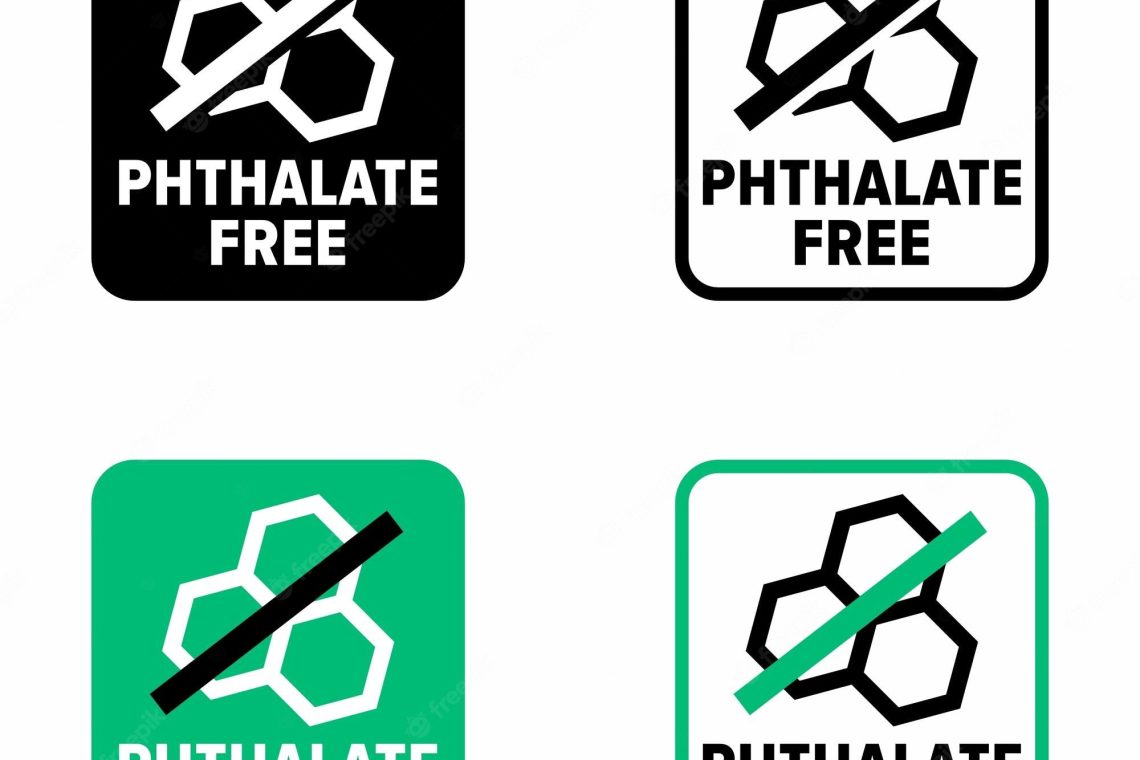
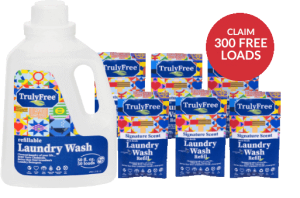




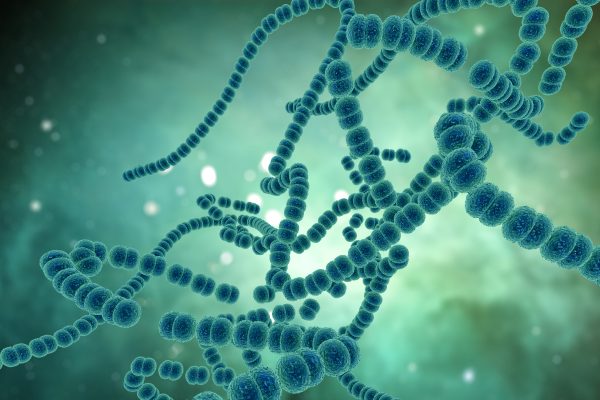
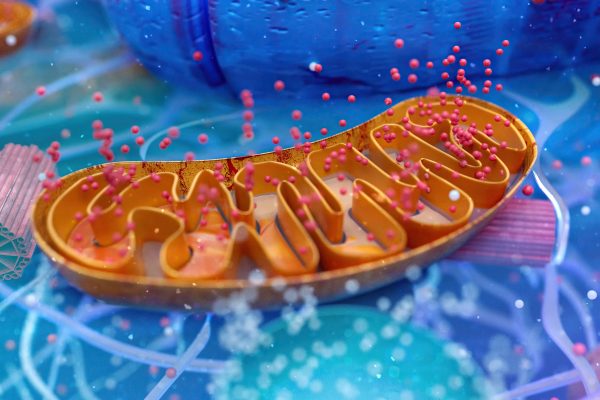


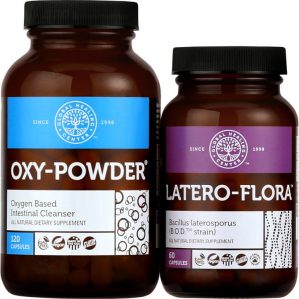
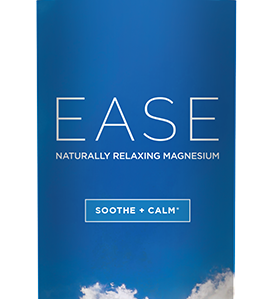


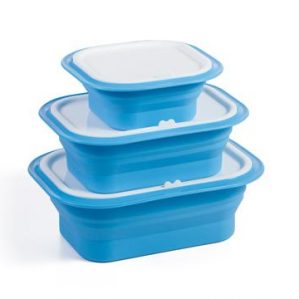











1 Comment
[…] choice for shampoos, body washes, toothpaste, and dish detergents. Chemically, SLS is derived from petroleum and goes through a process of sulfation to create a water-soluble compound. Because it is a […]